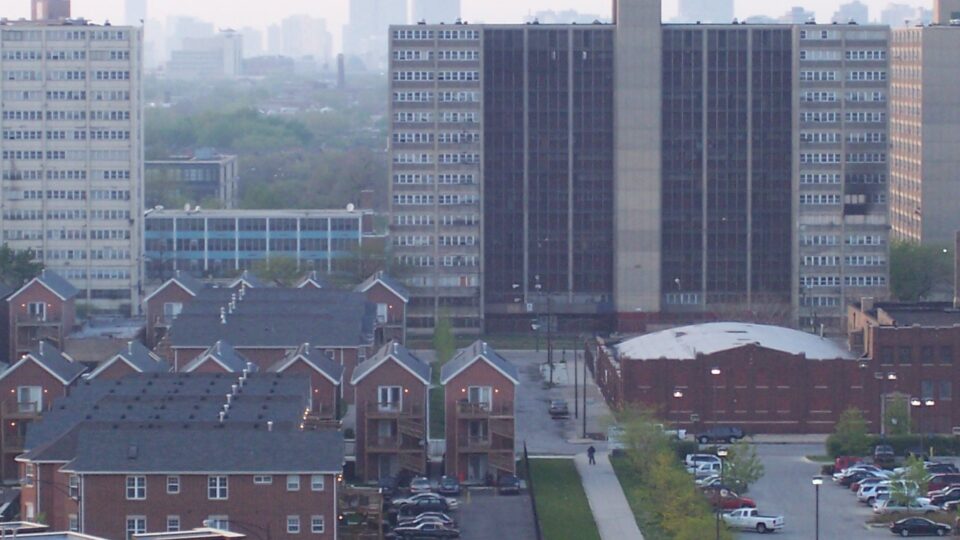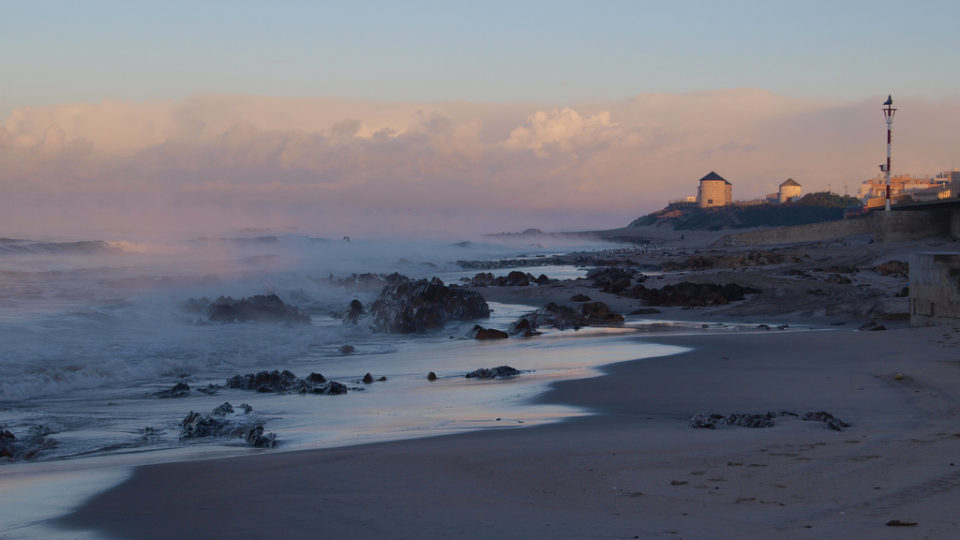Cities and towns across the United States continue to wrestle with the devastating impacts of the COVID-19 pandemic and none have been hit harder than low-income and minority communities. Places like Detroit, Chicago, and St. James Parish in Louisiana have suffered from decades of economic inequality and pollution in their poorest neighborhoods and many of these same places have experienced some of the highest mortality rates from the virus.
Recent studies have shown a link between high levels of pollution and the risk of death from COVID-19. Pollution of various kinds are higher in low-income communities and communities of color. Such communities don’t have a strong political voice so that laws and environmental regulations are not enforced like there are in white, higher-income communities. Thus, these communities have highways, landfills, factories, chemical facilities, paper mills, and other pollution sources that communities with economic power – and therefore political power – manage to avoid.
People living in low-income communities and communities of color tend to have higher rates of underlying health conditions like diabetes, heart disease, and asthma. They have less healthy diets – more fast food and fewer grocery stores. Part of the reason these communities have a higher risk of mortality from COVID-19 infection is that many people have reduced lung capacity as a result of exposure to pollutants.
The Trump administration has been suspending enforcement of environmental regulations during the pandemic. Communities already affected by environmental injustice will bear the brunt of this decision. Groups like nursing home populations, meat packers, prisoners and the poor are suddenly highly visible. COVID-19 is exposing the real differences between the Haves and the Have-Nots in this country.
**********
Web Links
Connecting the Dots Between Environmental Injustice and the Coronavirus
Photo, posted May 2, 2006, courtesy of Sean Benham via Flickr.
Earth Wise is a production of WAMC Northeast Public Radio.

